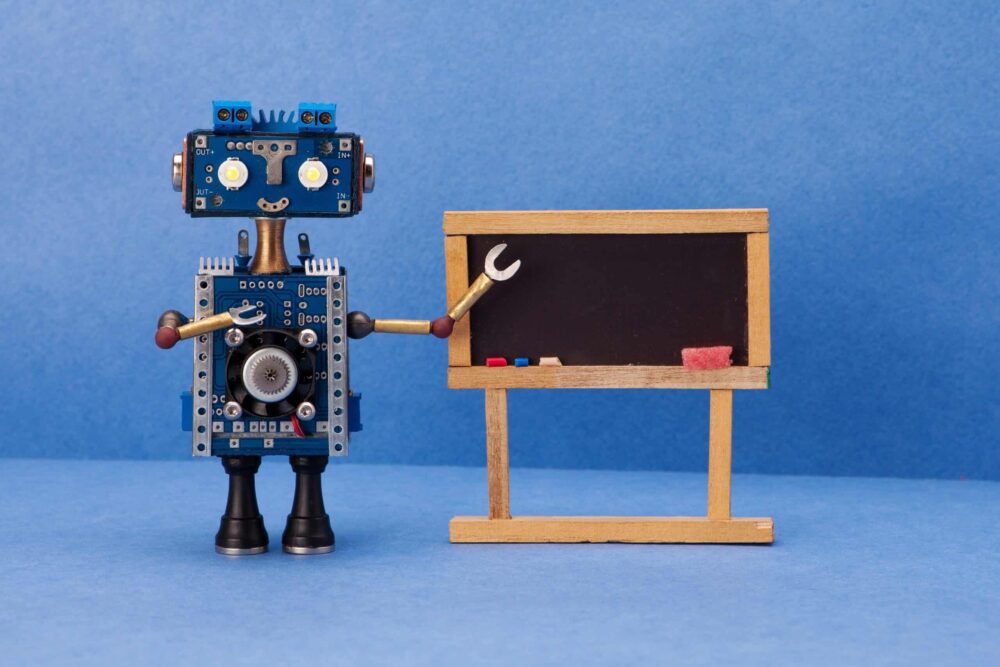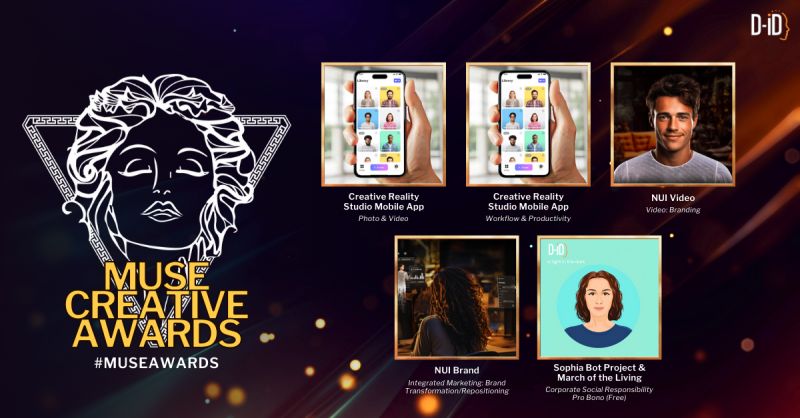Fellow teachers, it’s time to embrace AI in our classrooms

Dear teachers,
Artificial intelligence has arrived on the scene and is revolutionizing education at a surprising pace. We can no longer ignore its presence or fight against it, as it is here to stay and our students will use it in their daily lives. For this reason, it is important that we teachers take advantage of this technology to improve our educational work. Artificial intelligence offers us the opportunity to rethink many aspects of education and adapt to a new reality.
Traditional lesson plans and homework tasks that rely on tasks such as summarizing or writing essays are no longer sufficient. These tasks can be performed by artificial intelligence in a matter of seconds, so we must embrace change and adapt our classes to this new reality. In recent months, numerous AI-based tools have emerged with different purposes.
In training sessions for other professionals within the education field, I show my colleagues how to take advantage of these tools to optimize learning and create personalized learning experiences. I’d like to highlight three of these tools, ChatGPT, Midjourney, and D-ID.
The first and the one that so far created the biggest impact on society has been ChatGPT, the most powerful artificial intelligence I have seen to date. Teachers can ask ChatGPT to create completely personalized and original stories simply by offering a little information in the form of a prompt. All you have to do is write “Invent a story about pirates who hide a princess in their hold and take her to a distant kingdom. The pirates are named Peter and Frank. Princess Sophie.” In a matter of seconds, we have an original story that fits our premise.
Starting from the story, we can continue asking ChatGPT for things, such as translating it into another language, creating open questions about the text, true or false, filling in gaps, or multiple choice. We can even ask it to convert it to a CSV format so we can import it from other quiz platforms! As you can see, in just a few minutes teachers can have a personalized activity for a variety of different class levels.
Another tool that amazed me is Midjourney. It is an artificial intelligence that transforms text into amazingly well-designed images. With this tool, the teacher can ask students to describe a place or person and Midjourney will turn it into reality. It’s amazing when you see the faces of the students when they see how their words are transformed into images. In the same way, teachers can ask Midjourney to create images according to certain parameters. Do you want a maze? Do you want a character for your narrative? Do you want a castle on top of a mountain? Just ask!
Finally, another tool that I teach in the training sessions is D-ID. D-ID’s Creative Reality Studio allows you to create virtual avatars and give them movements through audio or written text. With this tool, any image will come to life with its own voice and will explain or speak about anything we want it to.
Teachers can use this tool to create characters for their gamified lessons, create threads for storytelling, explain concepts, tell stories, create scripts in other languages, and take advantage of different accents. Students, meanwhile, can bring their written work to life, create amazing stories, and create presentations for their projects.
Artificial intelligence has arrived to stay and it is important that we take advantage of it to improve our educational work and create personalized learning experiences for our students.
Norberto Cuartero has a degree in psychopedagogy and is a special education and foreign language teacher. He currently works as a teacher at the Teresiano del Pilar School in Zaragoza and is a teacher in the Master in Educational Technology and Digital Competences at UNIR. He is also part of the network of certified Google Innovators and Educators. In his daily work, he uses play in the classroom, supports the Flipped Classroom model, and uses gamification to achieve maximum student engagement.


